Every organization is under pressure to move faster, improve customer experiences, and harness the power of AI. The cloud promises a way forward, but realizing that promise requires more than shifting infrastructure from one place to another. It takes strategy, focus, and a willingness to rethink how your business operates.
Cloud modernization is about creating an environment where technology, people, and processes work together. Done right, it can unlock agility, reduce costs, and lay a foundation for innovation. Done hastily, it can just as easily amplify inefficiencies and create new challenges.
Read on to find practical approaches to modernization – whether you’re trying to choose the right starting point, looking to balance scalability with cost, or simply improve what you have.
Beyond “Lift and Shift”: Starting with the Right Approach
When many organizations first consider cloud modernization, the default impulse is to “lift and shift.” The idea is straightforward: take what you have on-premises and replicate it in the cloud. But the simplicity here often hides significant pitfalls.
A lift-and-shift strategy can transfer inefficiencies, duplicate data, and siloed systems directly into a new environment. Instead of unlocking agility, it risks producing higher costs, more complexity, and little business value.
A better approach begins with clarity: start with the business problem you need to solve. Whether it’s enabling real-time fraud detection, supporting customer experience initiatives, or powering new AI-driven processes, modernization tied to a concrete objective produces measurable ROI.
In other words, this approach ensures that the significant effort and investment you make in moving workloads to the cloud delivers tangible value.
It’s also crucial to remember that cloud modernization goes beyond just technology. It’s also about people and processes. Change management, communication, and rethinking workflows are just as important as infrastructure migration. Treating modernization holistically – aligning business goals, processes, and people alongside technology –positions your organization for success.
Balancing Scalability with Cost Control
One of the promises of the cloud is elasticity: resources that scale up or down with demand. Yet many organizations encounter the opposite: surprise bills and growing costs that erode confidence.
This tension between scalability and cost control often comes down to scope. Moving entire systems wholesale, without considering what data or workloads are truly critical, can inflate expenses without improving outcomes.
For example, exporting every table from an enterprise ERP into a cloud data lake may feel comprehensive but delivers little incremental value – all while dramatically increasing your storage and compute bills.
Instead, focus on critical data elements – the specific tables, attributes, or datasets that directly power the initiative at hand. Narrowing scope ensures your costs stay predictable, outcomes are measurable, and ROI is clear.
With the right focus, the cloud becomes scalable and strategically efficient.
Trusted Data as the Foundation for AI-Ready Cloud Environments
Cloud modernization is only as strong as the data you bring to the cloud. Migrating duplicate, contradictory, or low-quality data undermines not only cost efficiency but also the reliability of your outcomes.
Trusted, clean data is essential for analytics and decision-making – that isn’t new. But with the rise of AI, the stakes have grown dramatically. AI magnifies both the potential and the risks of data quality.
Large language models, predictive analytics, and agentic AI systems make decisions based on what they’re fed. Inaccurate, incomplete, or biased data leads to flawed insights and unintended consequences.
As the saying goes: garbage in, garbage out.
To prepare environments for AI and advanced analytics, your organization must:
- Cleanse and standardize data before migration
- Eliminate duplication to ensure a single source of truth
- Enrich datasets with contextual information for better outcomes
- Automate quality processes using APIs and workflows that scale
By treating cloud modernization as a chance to “clean out the closet,” you avoid transferring legacy problems into new environments. The result? A cloud foundation ready to support AI with confidence.
Empowering Users Without Losing Governance and Control
One of the cloud’s most attractive promises is self-service: giving business users the ability to access and analyze data directly. But that empowerment can’t come at the expense of governance, security, or compliance.
Modern enterprises rarely operate in a single environment – it’s often hybrid or heterogeneous ecosystems that include cloud warehouses like Databricks and Snowflake, alongside on-prem systems like IBM i or SAP. This complexity requires governance models that work across platforms and ensure users know where data comes from, how it’s transformed, and what rules apply.
Here are a few key governance practices to prioritize for cloud modernization:
- Data lineage: Track where data originates and how it flows across systems.
- Federated models: Consider data mesh approaches that allow distributed governance across domains.
- Centralized models: Explore data fabric architectures that unify access and control in one layer.
- Compliance readiness: Account for evolving regulations, like the EU AI Act or emerging U.S. legislation, which will place stricter requirements on AI-enabled data ecosystems.
Ultimately, to balance empowerment with governance, you need to embrace complexity. The organizations that succeed are the ones that acknowledge hybrid realities and invest in governance frameworks robust enough to manage them.
Cloud Modernization is a Continuous Journey
The most important thing to remember about modernization is that it’s a journey – an ongoing strategic initiative. Technology evolves constantly, and today’s cutting-edge solutions are tomorrow’s legacy systems.
So, be sure to think of cloud modernization as iterative, guided by agile methodologies rather than waterfall projects. Start small, deliver measurable value, and repeat. This cycle is what creates resiliency, agility, scale, and innovation at every step – particularly in an AI-driven world.
Embracing modernization as a continuous journey positions your organization to:
- Reduce operational costs by retiring on-prem infrastructure and shifting to consumption-based pricing.
- Unlock trusted insights by ensuring clean, consistent, and enriched data supports advanced analytics and AI.
- Increase resilience with architectures designed to withstand disruption and adapt to change.
- Fuel innovation by empowering teams with governed self-service access to data that drives new products, services, and customer experiences.
Learn more in our webinar: Modernization Mondays: Cloud Modernization.







